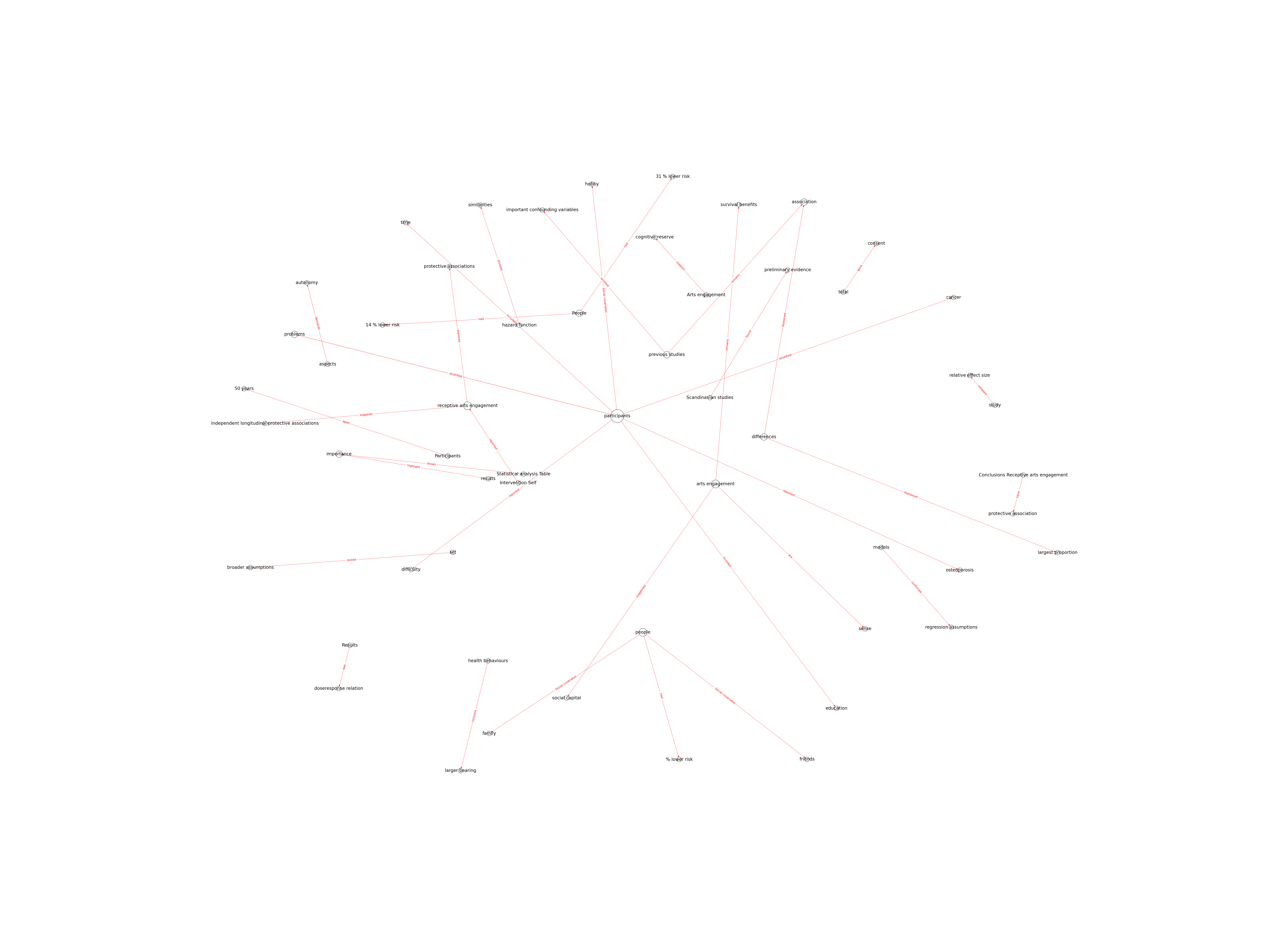| Id | 708 | |
| Author | Fancourt D., Steptoe A. | |
| Title | The art of life and death: 14 year follow-up analyses of associations between arts engagement and mortality in the English Longitudinal Study of Ageing | |
| Reference | Fancourt D., Steptoe A.; The art of life and death: 14 year follow-up analyses of associations between arts engagement and mortality in the English Longitudinal Study of Ageing ;The BMJ vol:367 issue: page: |
|
| Keywords | ||
| Link to article | https://www.scopus.com/inward/record.uri?eid=2-s2.0-85076972014&doi=10.1136%2fbmj.l6377&partnerID=40&md5=3e624262bf437c4494f124e35a5b94e2 |
|
| Abstract | To explore associations between different frequencies of arts engagement and mortality over a 14 year follow-up period. Design Prospective cohort study. Participants English Longitudinal Study of Ageing cohort of 6710 community dwelling adults aged 50 years and older (53.6% women, average age 65.9 years, standard deviation 9.4) who provided baseline data in 2004-05. Intervention Self reported receptive arts engagement (going to museums, art galleries, exhibitions, the theatre, concerts, or the opera). Measurement Mortality measured through data linkage to the National Health Service central register. Results People who engaged with receptive arts activities on an infrequent basis (once or twice a year) had a 14% lower risk of dying at any point during the follow-up (809/3042 deaths, hazard ratio 0.86, 95% confidence interval 0.77 to 0.96) compared with those who never engaged (837/1762 deaths). People who engaged with receptive arts activities on a frequent basis (every few months or more) had a 31% lower risk of dying (355/1906 deaths, 0.69, 0.59 to 0.80), independent of demographic, socioeconomic, health related, behavioural, and social factors. Results were robust to a range of sensitivity analyses with no evidence of moderation by sex, socioeconomic status, or social factors. This study was observational and so causality cannot be assumed. Conclusions Receptive arts engagement could have a protective association with longevity in older adults. This association might be partly explained by differences in cognition, mental health, and physical activity among those who do and do not engage in the arts, but remains even when the model is adjusted for these factors. © Published by the BMJ Publishing Group Limited. For permission to use (where not already granted under a licence) please go to. |
|
| Metodology | Technique |

Note: Due to lack of computing power, results have been previously created and saved in database


